- Advertisement -
After Palawan made it to New 7 wonders of nature, now another reason to be proud to be a Filipino and be living here in the Philippines, as Vigan has entered also New 7 Wonders for the category of Cities. We are so blessed that out of 1,200 (one thousand two hundred) cities all over the world, Vigan has emerged as one of the final 28 (twenty eight) in the search for New 7 Wonders – Cities. And FYI, Vigan is the lone nominee from the Philippines.
By the note, we are inviting everyone, every Filipino or every tourist who loved the place, Vigan to please vote and spread this news to everyone and let’s all vault in again to push Vigan to be one of the official 7 wonders cities of the world!
or text vigan to 29290777
Please start voting now and keep spreading the word! eliminations will start in July to announce the top 21 then narrowed down to 14 in October and finally the New 7 Wonders – Cities in December. Viva Vigan! Viva Philippines!
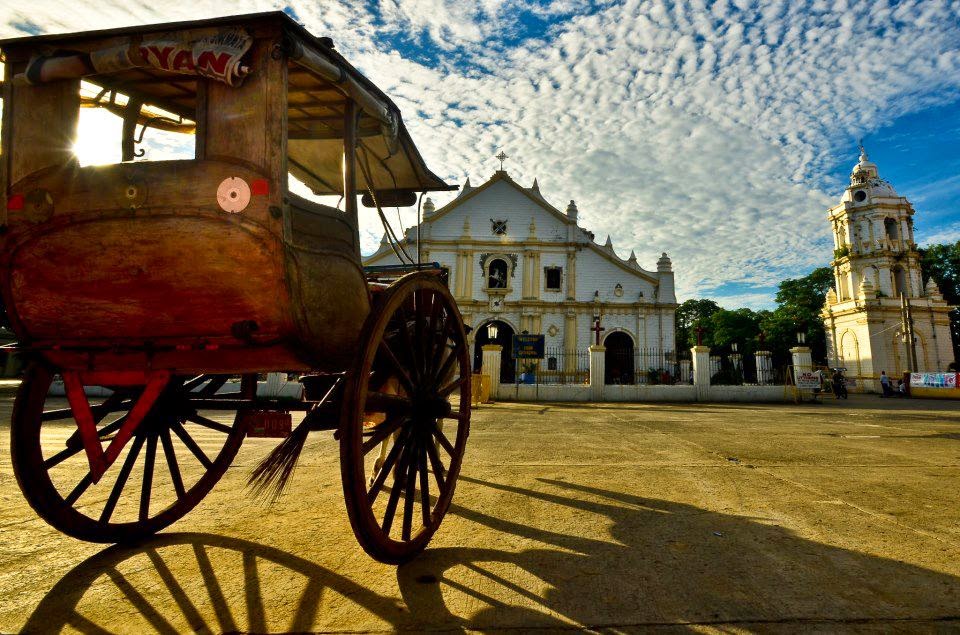 |
| Vote Vigan for New 7 Wonders Cities |
- Advertisement -
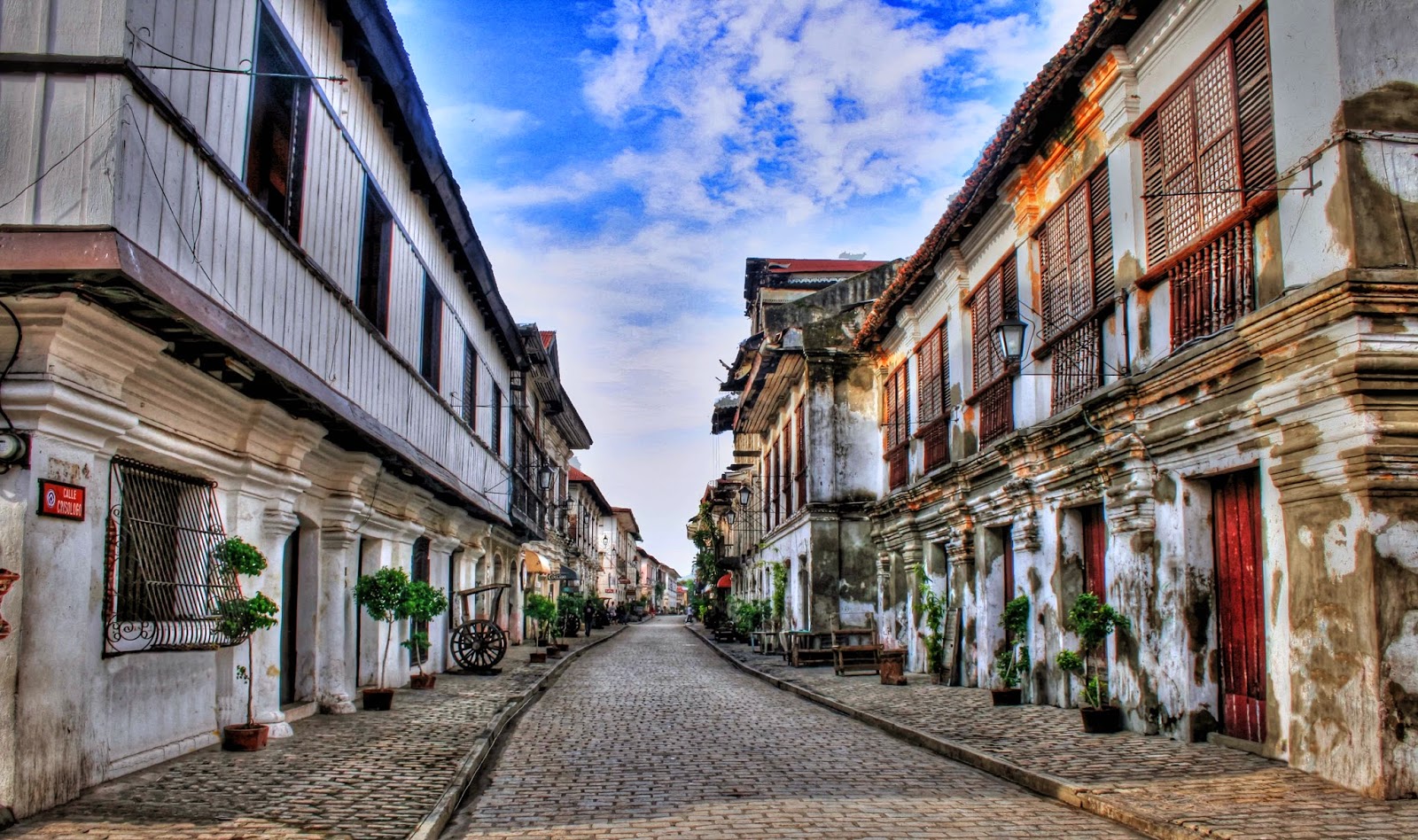 |
| Vote Vigan for New 7 Wonders Cities |
Towards the New Millennium
In 1995, Mayor Eva Marie S. Medina assumed the reins of the local government of Vigan. The focus of her administration was to develop the community into a locality that takes pride on its heritage as a tool for development. With a fresh mandate, the new officials led a reinvigorated citizenry towards transformation. The Medina Administration made sure that the fundamentals of good governance would be laid in place. Two of its greatest milestones are the inscription of Vigan in the UNESCO World Heritage List of Sites and Monuments on December 2, 1999; and the Restoration of her status as a City with the passage by Congress of RA 8988, ratified by the Bigueños with an overwhelming Yes votes in the plebiscite on January 22, 2001.
Equipped with optimism, the commitment to serve and the resolve to bring forth better things for the people of Vigan, the first lady chief executive led her team to make Vigan what she is today.
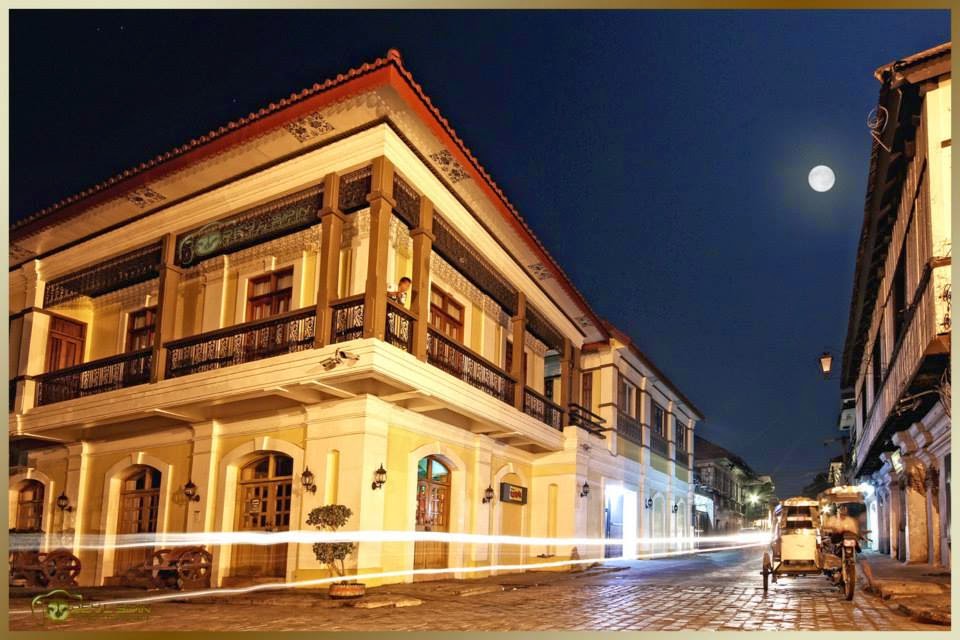 |
| Vote Vigan for New 7 Wonders Cities |
- Advertisement -
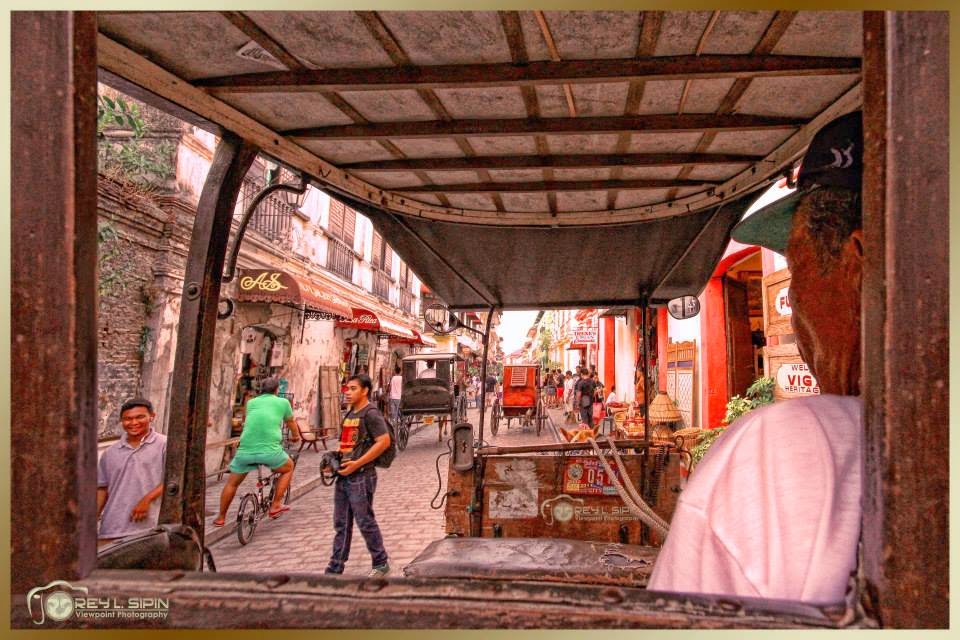 |
| Vote Vigan for New 7 Wonders Cities |
WHY THE HISTORIC CITY OF VIGAN WAS INSCRIBED IN THE UNESCO WORLD HERITAGE LIST?
Towards the end of November 1999, the UNESCO World Heritage Convention met in Marrakeeh, Morocco to decide which of the sites and monuments proposed by countries that have adhered to the World Heritage Convention should be included in the World Heritage List. The selection process is quite difficult for the World Heritage Committee, composed of specialists from 21 countries elected from among the nations that have signed the Convention, which determined how each site or monument, as opposed to another, be judged to form part of the World Heritage and what constitutes the exceptional and universal value of a cultural treasure.
In this respect, the World Heritage Convention defines what kinds of monuments and sites may be considered as part of cultural heritage and what kinds of physical and geological formations may be considered as part of our natural heritage. The Convention provides detailed criteria for the selection of sites and monuments, which the Committee applies rigorously to prevent the World Heritage List from becoming too long and to preserve its integrity as the checklist of the best among the world’s treasures.
On 2 December 1999, our Historic City of Vigan, a municipality then was inscribed in the World Heritage List which now includes 630 cultural and natural properties of exceptional universal value in 158 States Parties or countries that have adhered to the Convention.
The Historic City of Vigan was inscribed on the basis of the following:
Criterion (ii): “exhibit an important interchange of human values, over a span of time or within a cultural area of the world, on developments in architecture or technology, monumental arts or town planning and landscape design.”
Under this criterion, the World Heritage Centre officially cites: “Vigan represents a unique fusion of Asian building design and construction with European colonial architecture and planning.”
Criterion (iv): “be an outstanding example of a type of building or architectural or technological ensemble or landscape which illustrates a significant change in human history.”
Under this criterion, the citation reads: “Vigan is an exceptionally intact and well preserved example of a European trading town in East and East Asia.”
To understand better these citations, let us explore together the town planning, the evolution and typical lay-out of the Vigan House.
Town Planning
Strategically located at the mouth of the Abra River along the northwestern coast of Luzon which is nearest to mainland China, Vigan was an important coastal trading port from the pre-colonial era to the 19thcentury. The town plan is representative of the style the Spanish colonizers had designed and established in the 18th century, conforming to the Ley de las Indias (the Law of the Indies) that regulated the lay-out, street patterns and open spaces of all new settlements during the Spanish era: a regular urban design of grid street pattern radiating from a central plaza (park).
Dominating the central plaza (Plaza Salcedo) are the administrative and religious buildings: the Casa Real (Provincial Administrative Office), the Municipio (Municipal Hall), the Seminario (Archdiocesan Seminary), the Colegio de Niñas (which became the Rosary College, then St. Paul’s College), the Arzobispado (Archbishop’s Palace), the Cathedral (St. Paul’s Cathedral) with its detached campanario (belfry). Another plaza (Plaza Burgos) is situated to the south of the cathedral. Ancestral houses are tightly strung along narrow streets forming a grid-like pattern within the kasanglayan or mestizo district (historic district) which used to extend from the Mestizo River on the east to Rizal Street on the west.
The ancient urban plan survived the ravages of time, nature and the last World War, but a number of historic buildings were destroyed by fire. Before the turn of the last century, the Casa Real burned down and was replaced by an American colonial structure which became the Capitolio (Provincial Capitol Building). During the Japanese occupation, fire destroyed several houses along Crisologo Street, which were fortunately replaced by structures conforming to the historic buildings within the Mestizo district. In 1952, ancestral houses along Quezon Avenue were gutted down by fire. They were replaced by modern structures, which started the erosion of the ancient urban fabric of Vigan. The old seminario was burned down in 1968, followed by arrow of ancestral houses on the southern periphery of Plaza Burgos in 1971.
Evolution of the Vigan House
The Vigan house evolved from the pre-colonial bahay kubo of wood and bamboo, with roofs of nipa palm or cogon grass. The bahay kubo however was easily destroyed by typhoons and fire. In the 17th century, the Spaniards and Mexicans started teaching the Chinese and native artisans how to quarry and dress stone, mould bricks, prepare and use lime mortar to construct fire-resistant brick and stone structures. Again, these structures were easily toppled down by earthquakes.
To counteract the dangers of fire and earthquakes, local artisans developed another type of architecture which incorporates the flexibility of interlocking wooden haligis (houseposts) and beams of the bahay kubo, and the durability and fire-resistance of stone and bricks. Stone and brick were used only on the ground floor; the second floor was of timber. The haligis carried the weight of the second floor, while the stone and brick walls on the ground floor served as solid curtains for the wooden framework.
A majority of the historic buildings in Vigan are two-storey structures, built in masonry on the ground floor and timber on the second floor. Some of the timber and bricks houses have voladas or extensions of the second floors that projects to the outside. The volada is a passageway that runs along this projection and was used by servants to move discreetly around the house, without disturbing homeowners and guests in the sala and bedrooms.
A third type of Vigan house is the two-storey buildings, built in masonry on both floors, which is remarkable in this earth-quake prone are. Most of the houses along Crisologo Street are of this type, which manifests the highest technological achievement of local artisans in building construction before the introduction of modern building materials and technology from the west.
The Vigan Ancestral House
Like the shop-houses in Asian trading cities like Melaka, Penang and Kuching (Malaysia), Macau, Singapore and Hoi An (Viet Nam), the Vigan house was built on a larger scale than its Asian counterparts.
The lay out and partitioning of the Vigan house were designed for specific purposes. One enters the puerta (main door), which is wide enough to accommodate the width of the caruaje (horse-drawn carriage) and high enough for the carroza (shoulder-borne and later on, carriage-mounted religious images), into a zaguan or hall on the ground floor. The inhabitants of the house can let visitors in by pulling a string from the second floor to open a puertita (smaller door) hinged to the main door. Horses for carriages were tethered in the caballoreza (horse stable) at the rear of the ground floor. Shops and bodegas (storage rooms) take up the rest of the space on the ground floor.
The grand staircase has two sections: a few steps to a landing where ordinary visitors were received; then a long flight of staircase to the second floor. More important visitors were received in the caida or antesala where informal entertaining was held. The sala, the biggest and most important part of the house was used for family gatherings and for important occasions. As in the pre-colonial bahay kubo, families slept together in two to three large cuartos (bedrooms). Either located at the end of the sala or separated by partition is the comedor (dining room) which leads to the cocina (kitchen). Adjacent to the cocina is the cobeta (toilet) which is a separate structure that was built at a later stage when sanitary toilets were introduced in the late 1800s. The azotea (open terrace) is an extension at the back of the second floor where residents and guests gathered to cool off and enjoy the stars after dinner.
The large ventanas(windows) which provide a maximum of ventilation are of two layers of sliding panes: an inner pair of sliding windows made of translucent capiz shells (of Chinese/Japanese origin) that permit natural sunlight to enter into the house; and an outside pair of sliding wooden storm shutters. Below the ventanas are smaller windows of sliding wooden panels called ventanillas that are protected by wooden balusters. Children can safely watch the street scene below through the balustered ventanillas. Tiled roofs and eaves extend well into the street to prevent rain from entering the inside of the house. Calados (cutwork friezes) decorating the top portion of the internal wooden partitions permit breeze to waft through. Some houses have window eaves made of tin and decorated with decorative cutouts on the fringes.
Significance of Vigan’s Inscription
The historic buildings of Vigan manifest the unique artistic and technological achievements of 18th and 19th century native artisans who developed an architectural style adapted to the earthquake-prone tropics and reflected their native art, using indigenous materials of wood, stone, terra cotta and capiz shells. The authenticity of the built heritage of Vigan has been established by experts: much of its original architectural, structural and decorative elements are still intact.
Vigan is a unique monument for having retained its ancient urban plan. In the Philippines, our town has the most extensive number of surviving religious, civic and traditional buildings that date back to the 18th century. Today, 187 historic structures have survived. Most of them continue to be inhabited by descendants of the original builders or used for the original purposes for which they were built (religious and administrative buildings). Vigan is a ‘living heritage site’ where local inhabitants continue to be the custodians of their patrimony, where traditional industries continue to fuel local economy and where local traditions continue to be practiced.
Over the centuries, Vigan has maintained its visual and architectural unity and homogeneity. The built heritage of Vigan expresses the fusion and continuing adaptation of various cultural influences (Ilocano, Filipino, Chinese, Spanish, Mexican and more recently American) into a homogenous urban landscape and into an architectural style that is uniquely Filipino.
Vigan is likewise historically important to the nation as the scene of major historical events in the nation’s struggle for independence from foreign domination and is the birthplace of heroes, heroines and illustrious personages who shaped regional and national destiny.
Vigan’s inscription in the UNESCO World Heritage List of Cultural Properties is therefore an acknowledgement of the genius of our native artisans who built our historic buildings and monuments, and a recognition of the commitment of our present generation to preserve our architectural legacy for the future generations of not only Bigueños, but of the entire world. With its inclusion in the World Heritage List, the Town of Vigan has become a source of pride, and a national symbol of the Filipinos.
(Written by Engr. Ricardo L. Favis, a Consultant for Culture at UNESCO Principal Regional Office for Asia and the Pacific Bangkok, Thailand and former Tourism Operations Officer of the City of Vigan)
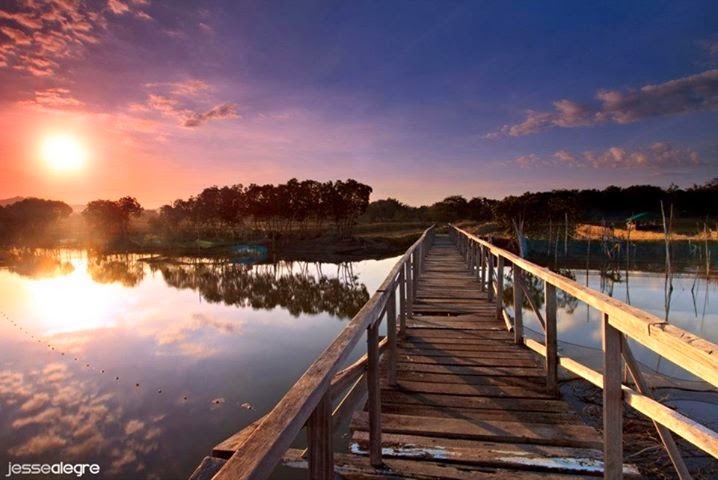 |
| Vote Vigan for New 7 Wonders Cities |
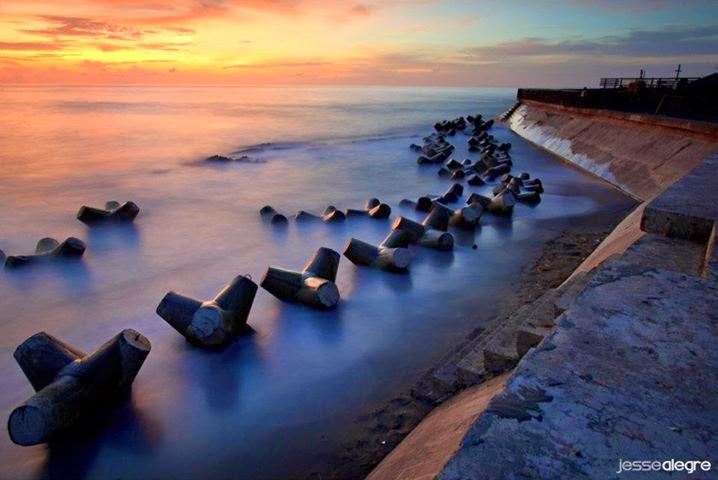 |
| Vote Vigan for New 7 Wonders Cities |
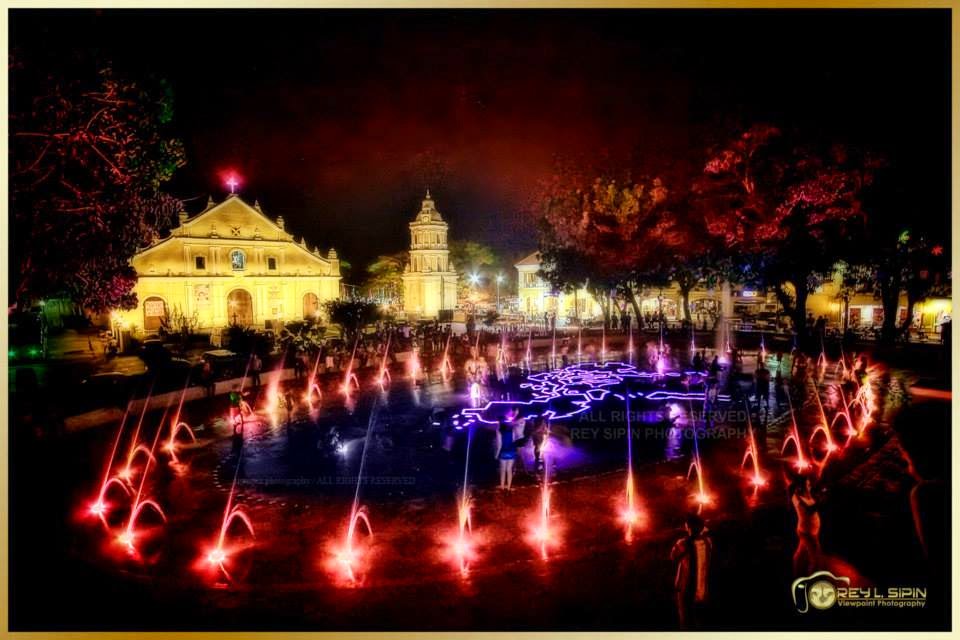 |
| Vote Vigan for New 7 Wonders Cities |
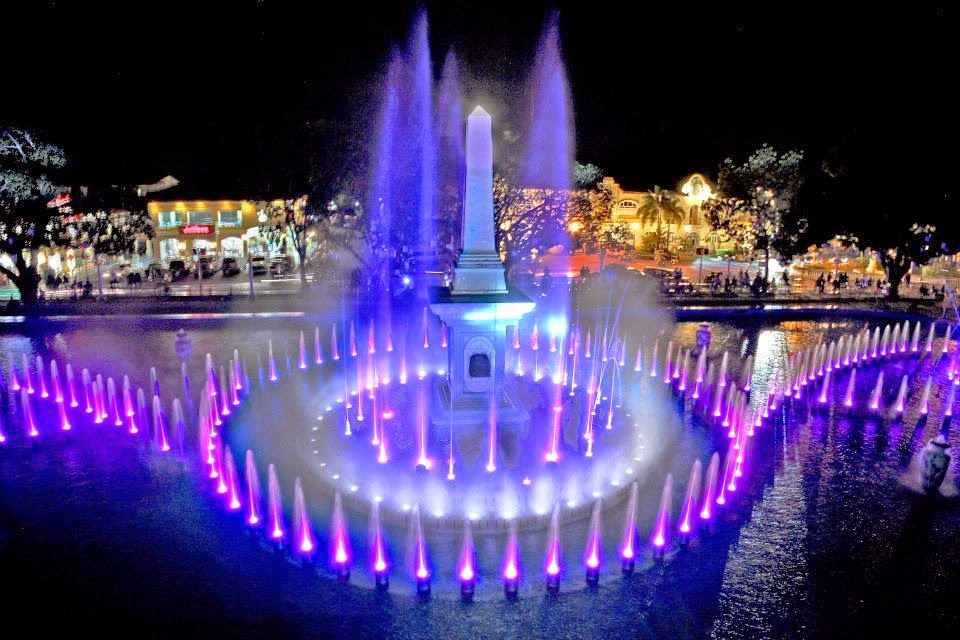 |
| Vote Vigan for New 7 Wonders Cities |
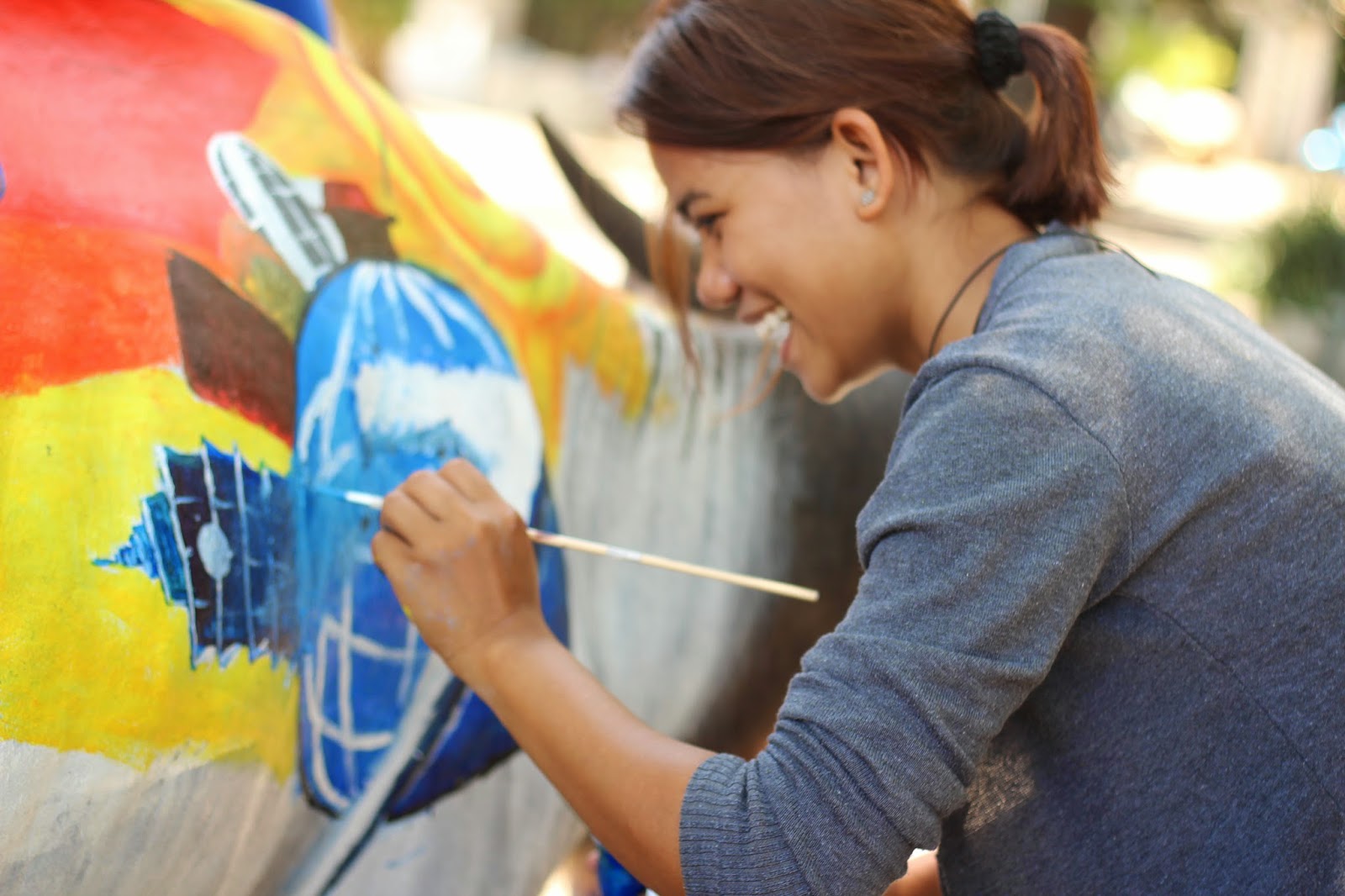 |
| Vote Vigan for New 7 Wonders Cities |
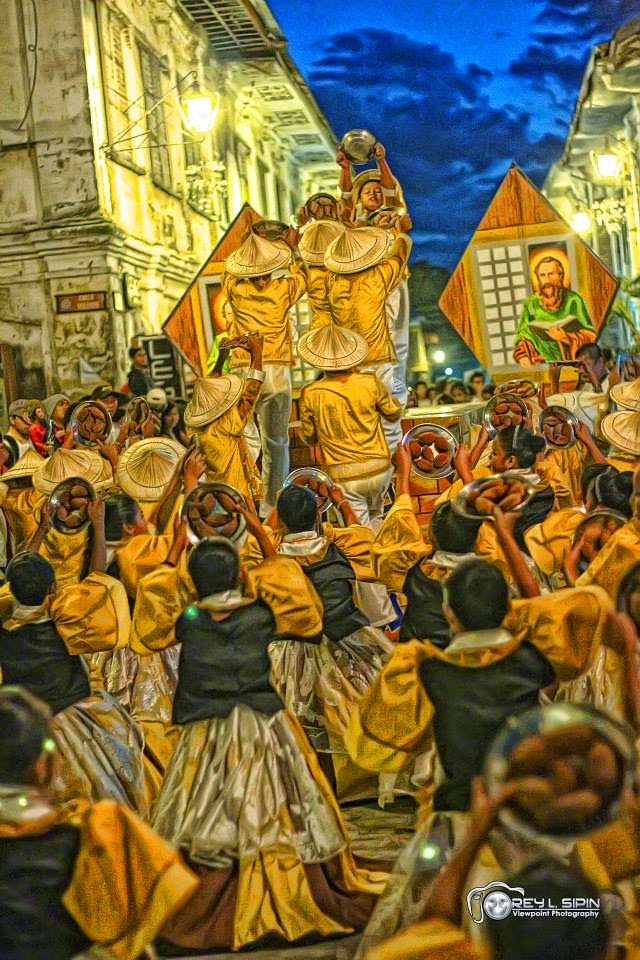 |
| Vote Vigan for New 7 Wonders Cities |
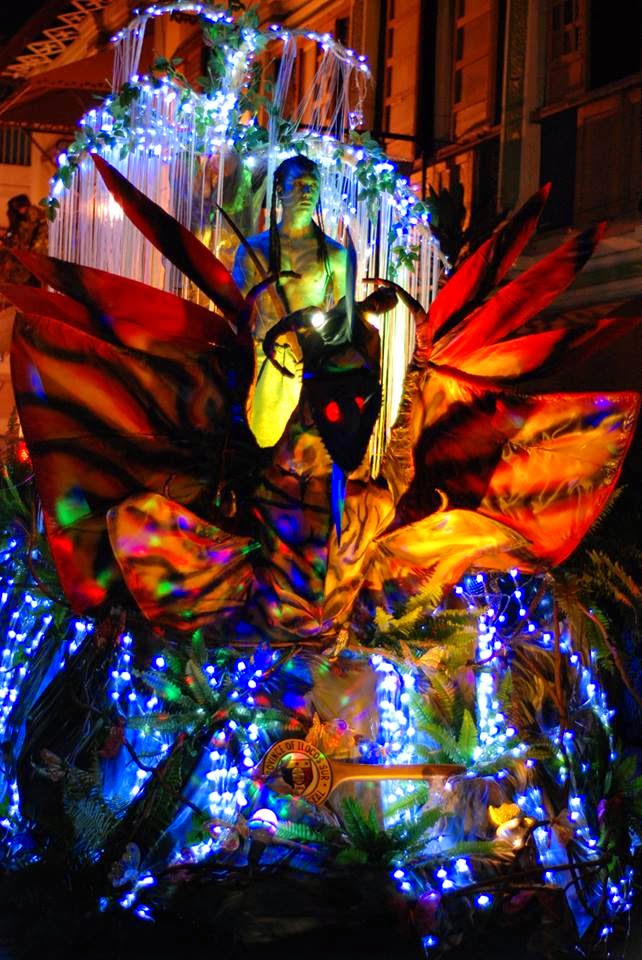 |
| Vote Vigan for New 7 Wonders Cities |
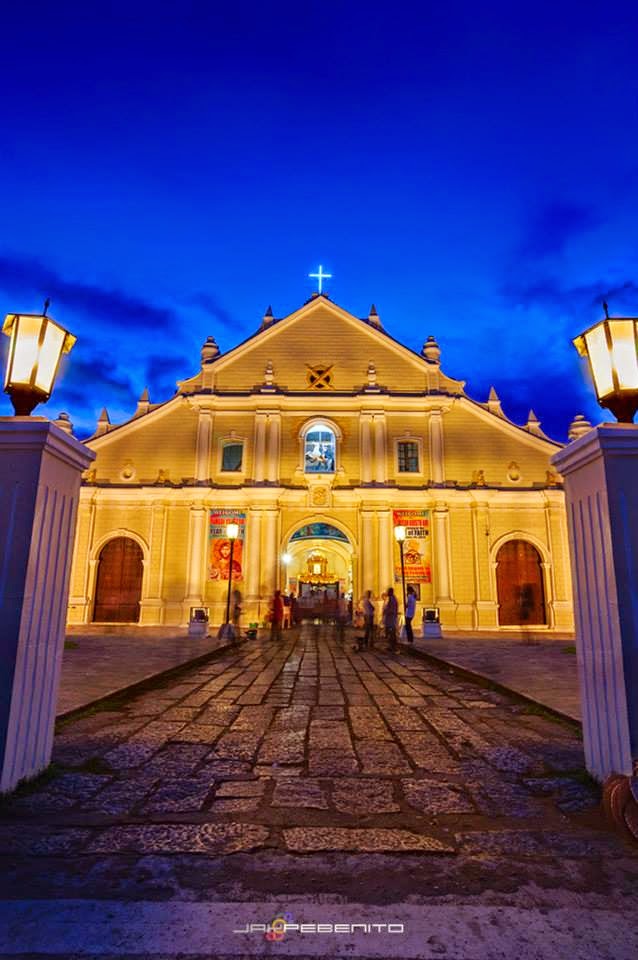 |
| Vote Vigan for New 7 Wonders Cities |
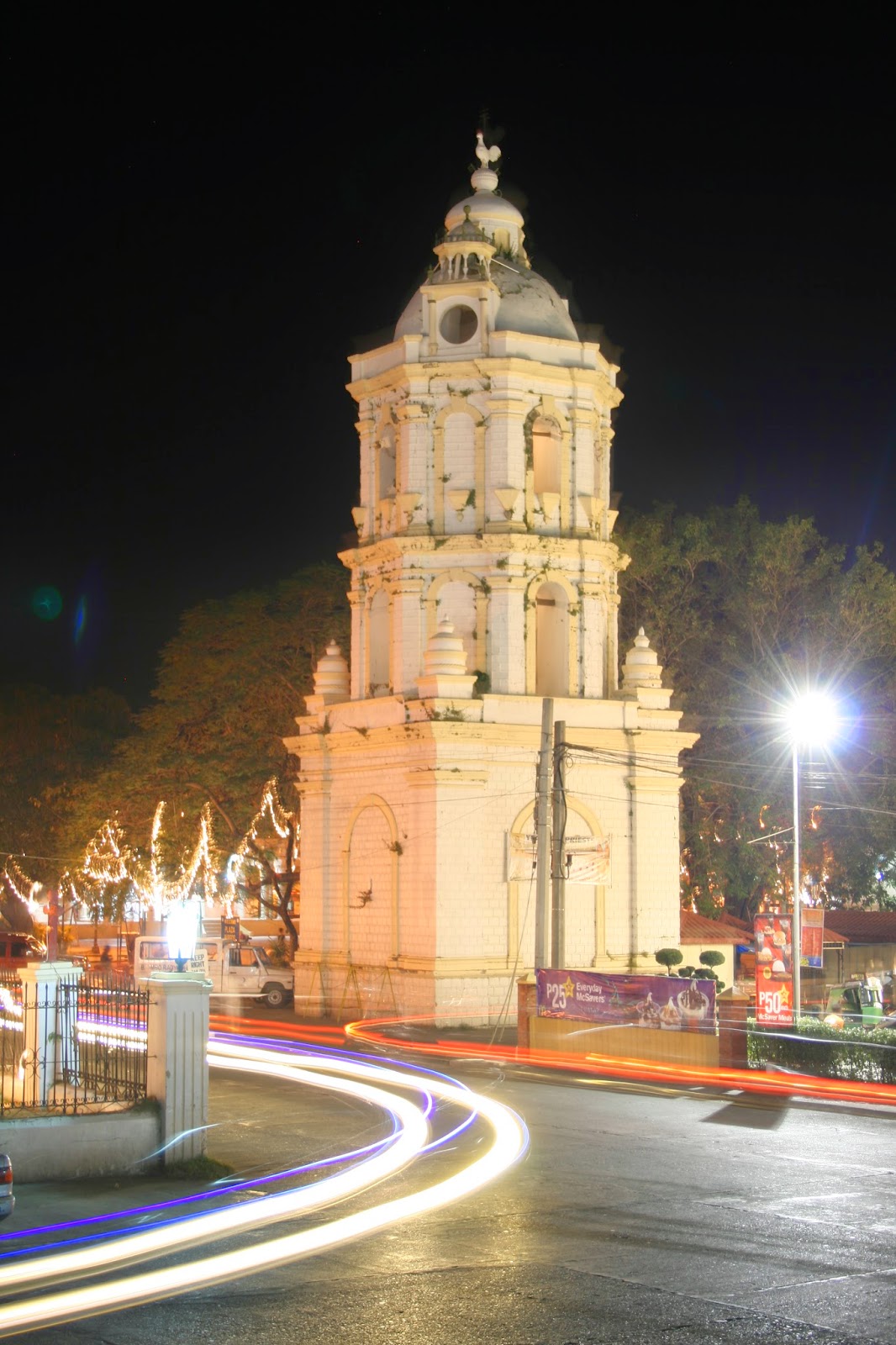 |
| Vote Vigan for New 7 Wonders Cities |
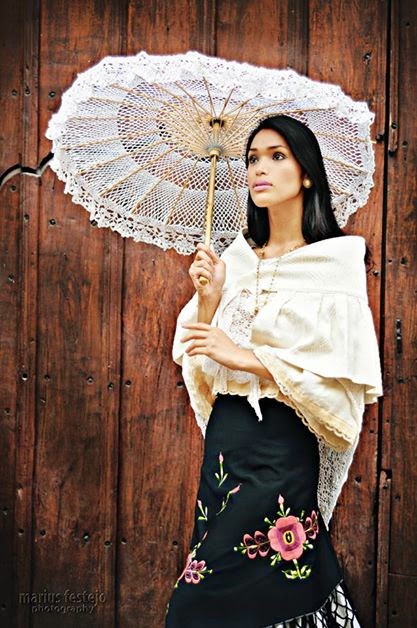 |
| Vote Vigan for New 7 Wonders Cities |
Like and Follow Us!!
Like us on Facebook – http://facebook.com/Showbiz.Juicy
Follow us on Twitter and Instagram – @Niceguyitachi
Leave a tip if you like what you read :)














